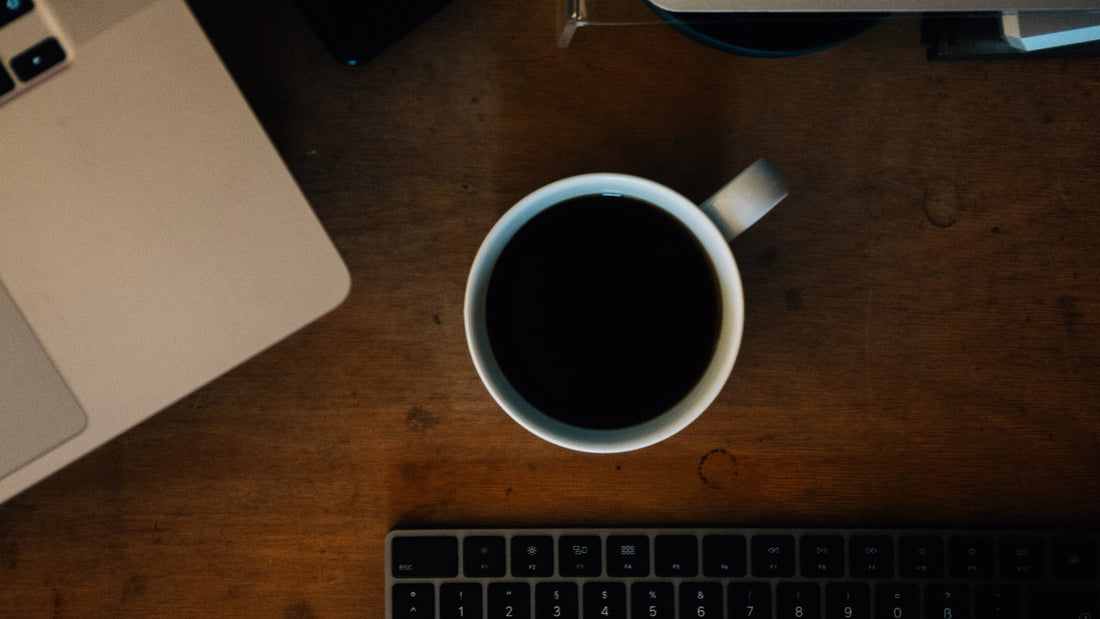
French Press Coffee: History, Science, and Flavor Behind the Iconic Brewing Method
Share
Welcome to the second installment of our series on coffee extraction methods. Last week, we explored Cold Brew, a method of patience and time. Today, we shift to a very different technique: the French Press. Known for its rich body and aromatic intensity, the French Press is one of the most popular immersion brewing methods globally. But behind its simple appearance lies a rich history and complex science that influence every sip.
A Brief History of the French Press
The French Press, or cafetière à piston, is often credited to French inventors Mayer and Delforge, who patented a rudimentary version in 1852. The design was later refined in Italy, with Attilio Calimani patenting the modern French Press in 1929, followed by Faliero Bondanini’s glass-and-metal version in the 1950s that became popular in Europe.
This cross-cultural journey explains why the French Press is sometimes called a press pot, plunger pot, or cafetière, depending on the country. Its appeal lies in its simplicity: hot water, ground coffee, and a plunger.
How French Press Extraction Works
Unlike drip or pour-over methods, the French Press uses immersion brewing, coffee grounds steep directly in hot water before separation. This allows oils, fine particles, and soluble compounds to fully infuse the brew, giving it its signature mouthfeel and depth.
The mechanics:
- Coarse-ground coffee is steeped in hot water (92–96 °C).
- Contact time averages 4 minutes, though variations exist.
- A metal mesh filter presses down, separating grounds but allowing micro-particles and oils to pass.
The lack of paper filtration means more lipids (coffee oils) are preserved, which researchers have linked to enhanced body and aroma complexity.
Grind Size & Roast Levels
- Grind Size: Coarse grind is essential. Finer grounds clog the mesh filter, leading to over-extraction and sludge.
- Roast Preference: Medium to dark roasts work best in French Press. Their soluble compounds extract evenly in immersion brewing, emphasizing chocolatey, nutty, and caramel notes.
Flavor Profile: What to Expect
French Press coffee is recognized for:
- Full body due to suspended fine particles and oils.
- Boldness and intensity often described as heavier compared to pour-over.
- Lower perceived acidity than methods like V60 or Chemex.
Scientific sensory analyses highlight nutty, chocolaty, earthy, and caramel-like notes, especially when using beans from Latin America.
Caffeine Content
French Press coffee often contains higher caffeine per ounce compared to drip methods due to longer steeping and higher coffee-to-water ratios. A study published in the Journal of Food Science found French Press brews averaging 80–100 mg of caffeine per 100 mL, higher than typical filter brews.
However, caffeine varies by grind, steeping time, and bean origin. Over-extraction leads to more caffeine but also harsher bitterness.
Water Quality & Temperature
The Specialty Coffee Association recommends brewing at 92–96 °C (195–205 °F), the optimal range for solubility without scalding the grounds.
Water mineral content also impacts flavor, hard water can mute fruity acidity, while balanced mineral water enhances sweetness and aroma.
Equipment & Budget
French Press brewers are among the most affordable specialty coffee tools:
- Entry-level glass presses: $20–$30.
- High-end stainless steel or insulated models: $60–$100.
Because they don’t require filters or electricity, French Presses are long-lasting and eco-friendly. This affordability has contributed to their enduring popularity across homes and cafés.
Health Considerations
French Press coffee is unfiltered, meaning it retains cafestol and kahweol, compounds shown to raise LDL cholesterol in some studies. For moderate drinkers, the effect is minimal, but health-conscious consumers should note the difference versus filtered coffee.
General Tasting Notes & Versatility
French Press offers versatility depending on beans and roast:
- African beans → fruity, floral complexity.
- Latin American beans → nutty, chocolaty, caramel flavors.
- Asian beans → earthy, spicy depth.
Because the French Press emphasizes body, it’s a favorite for breakfast blends, darker roasts, and single-origin coffees with robust notes.
Why It Still Matters Today
Despite newer brewing technologies, the French Press remains iconic because it balances simplicity, affordability, and sensory depth. For specialty coffee shops, it offers an approachable way to showcase origin character while educating customers on immersion brewing.
Conclusion
The French Press is more than a relic of 20th-century Europe, it’s a method that highlights coffee’s complexity, accessibility, and cultural staying power. With its history rooted in both France and Italy and its science validated by modern research, this brewing style continues to prove why it belongs in every serious coffee discussion.
Next week in our series, we’ll dive into the Chemex, exploring how clarity and elegance define this iconic pour-over method.